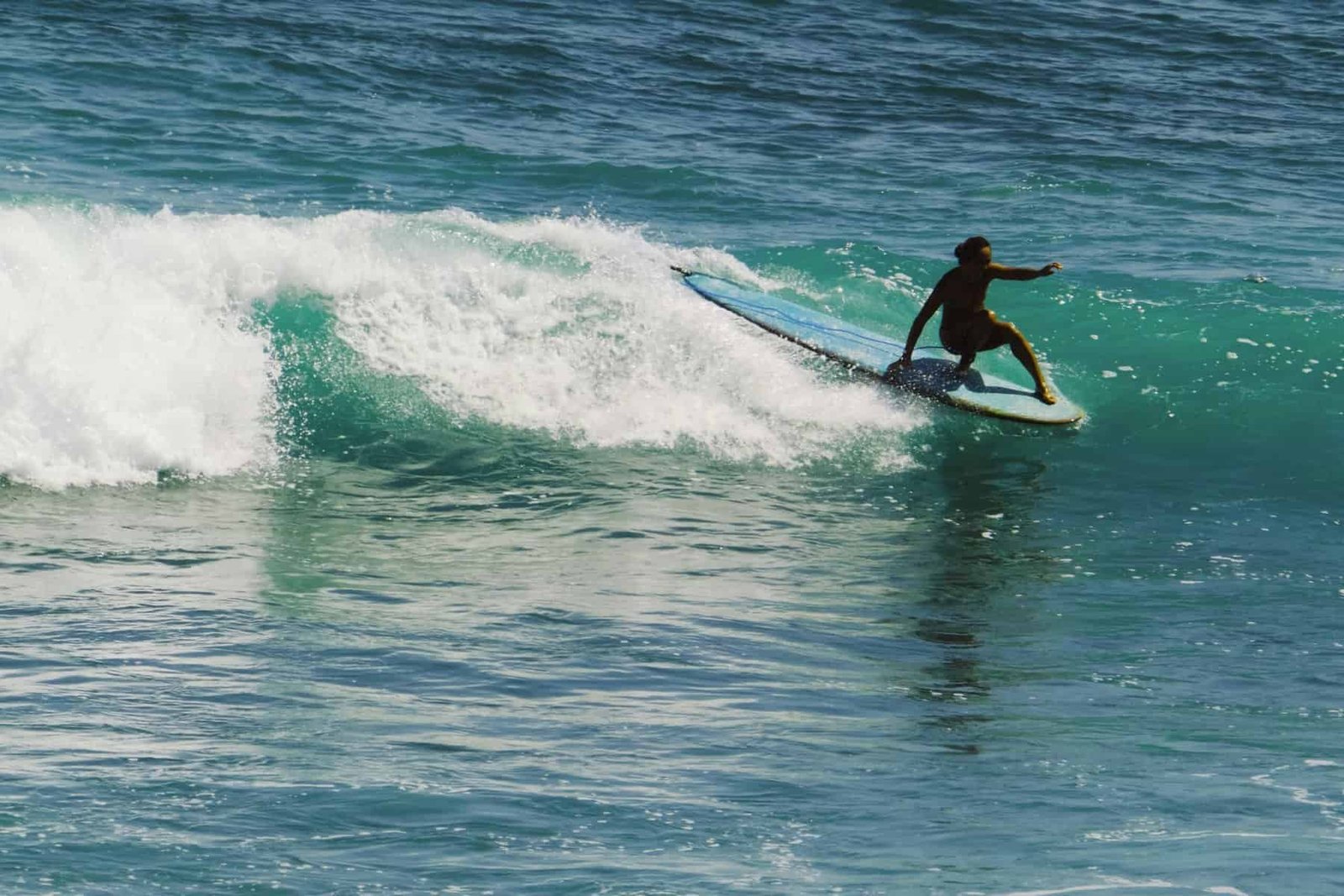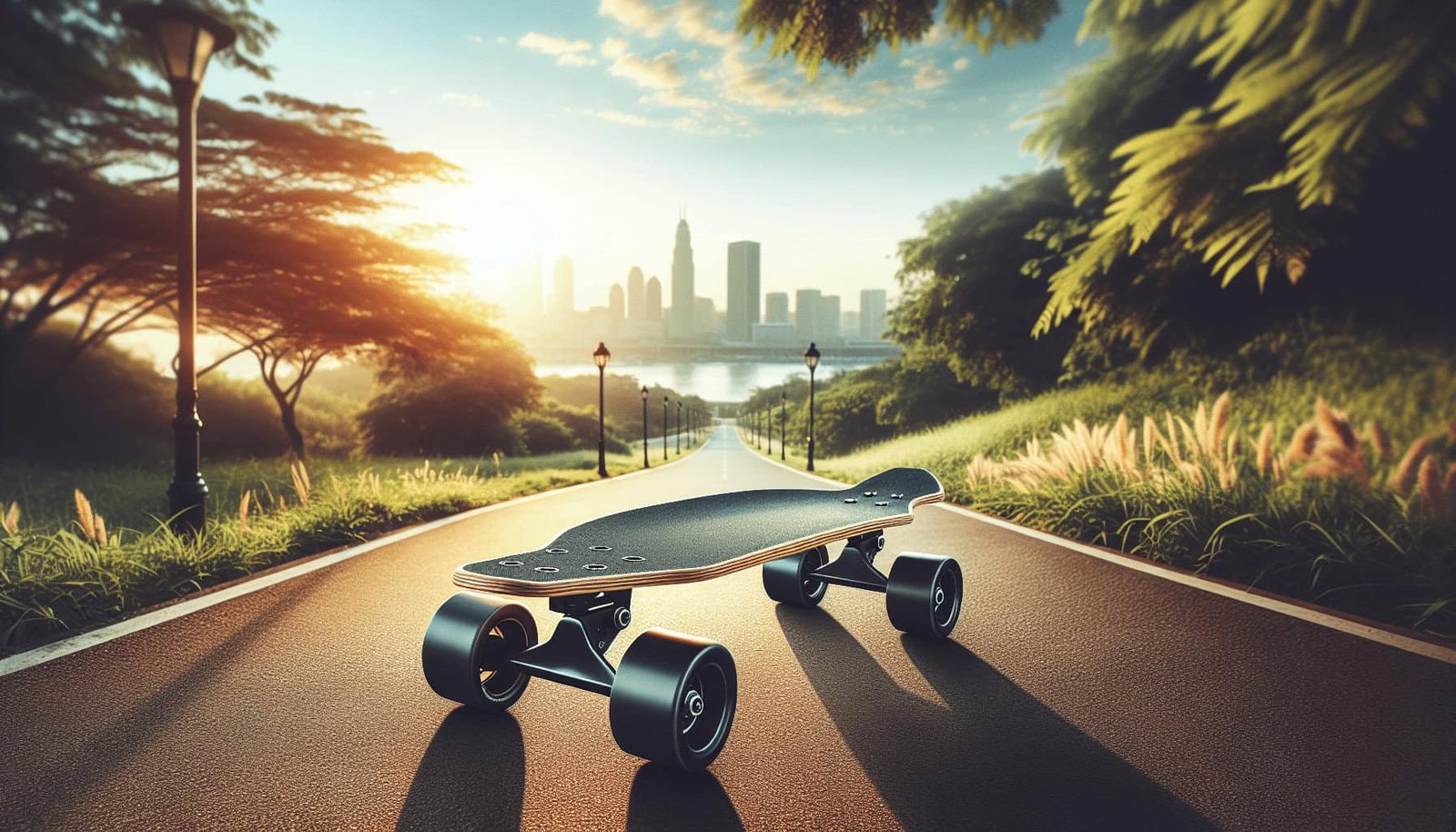Ever wondered what the ideal skateboard setup for cruising and commuting long distances is? You’re not alone. With the rise in popularity of skateboarding as a fun and eco-friendly mode of transportation, many are looking for the perfect setup to make their rides smoother and more enjoyable. This guide will break down everything you need to consider to create the perfect cruising companion for your journeys. From deck shapes to wheel choices, let’s dive into the details.
Why Opt for Skateboarding for Long-Distance Commuting?
Using a skateboard for commuting offers numerous benefits, such as environmental friendliness, cost-effectiveness, and a fantastic way to incorporate exercise into your daily routine. It’s also a great way to avoid traffic jams and parking issues.
Environmental Benefits
Skateboarding produces zero emissions, making it a green alternative to cars and public transport. By choosing to commute on a skateboard, you help reduce your carbon footprint while enjoying the fresh air.
Physical Health
Skateboarding is a full-body workout that enhances balance, flexibility, and cardiovascular health. Regular commuting can add low-impact exercise into your daily routine, improving your physical well-being.
Cost-Effective
Once you’ve made the initial investment in a good skateboard setup, maintenance is minimal. Unlike cars, which require fuel and regular servicing, a skateboard only needs occasional bearing lubrication and wheel replacements.
Deck: The Foundation of Your Ride
Choosing the right deck is crucial as it affects stability, comfort, and maneuverability.
Deck Shape
For cruising, you’ll typically want to go for a deck that’s either a cruiser or a longboard shape. These shapes offer better stability and more foot space, providing a comfortable ride over long distances.
Deck Size
Deck sizes generally range from 7.5 to over 9 inches:
- 7.5″–8.0″: Suitable for smaller riders or those who prefer a narrower board.
- 8.0″–9.0″: Ideal for cruising due to their balance of space and control.
- Over 9.0″: Best for longboards used primarily for downhill or long-distance commuting.
Material
Decks are commonly made from maple wood, bamboo, or composite materials. Each has its pros and cons:
- Maple Wood: Durable and responsive but heavier.
- Bamboo: Lighter and more flexible but slightly less durable.
- Composite Materials: Often used in high-end boards for their light weight and strength.

Trucks: The Turning Mechanism
Trucks play a vital role in how your skateboard turns and absorbs the impact of rough terrain.
Truck Width
Match the truck width to your deck size for the best stability. The axle should ideally be flush with the edges of your deck.
Truck Height
Trucks come in low, medium, and high heights. For cruising and commuting, medium to high trucks are preferable as they provide more clearance for larger wheels, reducing wheel bite (when wheels contact the deck during sharp turns).
Bushing Hardness
Bushings affect the responsiveness and turning capability of your board. Softer bushings offer smoother turns, while harder bushings provide better stability at high speeds. For commuting, medium to soft bushings are generally more comfortable.
Wheels: Smooth and Steady
Wheels are arguably the most crucial component for long-distance skateboarding. They directly impact the smoothness of your ride, speed, and grip.
Wheel Size
Larger wheels (around 70mm to 75mm) are ideal for cruising and commuting. They can roll over cracks and debris more easily than smaller wheels, offering a smoother ride.
Durometer (Hardness)
Wheel hardness is measured in durometers:
- 78A to 87A: Softer wheels provide more grip and a smoother ride on rough surfaces.
- 88A to 95A: Balanced option, offering a mix of speed and comfort.
- 96A and up: Harder wheels are faster but less comfortable on rough terrain.
For cruising and commuting, softer wheels (78A to 87A) are typically the best choice.
Wheel Shape
Rounded wheels provide better grip and maneuverability, while square-edged wheels offer stability. In general, rounded wheels are better suited for commuting due to their versatility.
Core Placement
Centerset cores provide balanced wear, while sideset cores offer more grip. For long-distance rides, centerset cores are typically more durable and smoother.

Bearings: Speed and Smoothness
Bearings determine how smoothly and quickly your wheels spin. The ABEC rating system is often used to measure bearing precision, but for skateboarding, the rating isn’t everything.
ABEC Ratings
Higher ABEC ratings (7 to 9) offer more precision but aren’t always necessary for cruising. ABEC 5 bearings often provide a good balance between cost and performance.
Material
Steel bearings are common but may need more frequent maintenance. Ceramic bearings, although more expensive, offer better durability and require less upkeep.
Shielding
Rubber shields are easier to clean compared to metal shields and offer better protection against dirt and debris, extending the life of your bearings.
Grip Tape: Securing Your Stance
Grip tape is essential for maintaining your stance and performing maneuvers efficiently.
Coarseness
Finer-grit grip tape is smoother but wears out quickly. Coarser-grit offers better stickiness but can be rough on shoes. For commuting, a medium-grit grip tape is often the best compromise.
Design and Customization
While functionality is key, grip tape also comes in various designs and colors. Feel free to choose one that fits your personal style.

Accessories: Enhancing Your Ride
There are additional accessories that can improve your skateboarding experience.
Risers and Shock Pads
- Risers: These small pads placed between the deck and trucks can prevent wheel bite, especially if you are using larger wheels.
- Shock Pads: Thicker than risers, these absorb impact and make your ride smoother.
Lights and Reflectors
For commuting in low-light conditions, adding lights and reflectors can significantly improve your safety. Some boards come with built-in LED lights, but attachable lights are also widely available.
Protective Gear
Safety should always be a priority. Wearing a helmet, knee pads, elbow pads, and wrist guards can help you avoid injuries.
Storage Solutions
Consider a backpack with a skateboard carry strap or a dedicated skateboard bag for days when you need to carry your skateboard or bring extra gear.
Putting It All Together
Example Setup
Here’s an example setup for a typical cruising and commuting board:
| Component | Recommended Option |
|---|---|
| Deck | 8.5″ Bamboo or Maple Cruiser |
| Trucks | 8.5″ Medium Height, Medium Bushings |
| Wheels | 70mm, 78A Durometer, Rounded Shape, Centerset Core |
| Bearings | ABEC 5 Steel Bearings with Rubber Shields |
| Grip Tape | Medium-Grit Grip Tape |
| Risers/Shock Pads | 1/8″ Risers or Shock Pads |
| Accessories | LED Lights, Helmet, Protective Gear |

Maintenance Tips
To ensure that your setup lasts and continues to perform well, regular maintenance is key.
Cleaning Bearings
Bearings can accumulate dirt and debris over time, affecting your ride. Remove the bearings, soak them in a cleaning solution, dry them thoroughly, and apply a few drops of quality bearing oil before reassembling.
Checking Trucks
Ensure that your trucks are tight but not overly so. Loose trucks can lead to less control, while overly tight trucks can hinder your ability to turn. Check the bushings for wear and replace them if they’re cracked or compressed.
Replacing Grip Tape
If your grip tape is starting to peel or lose its grip, it may be time for a replacement. Use a hairdryer to soften the adhesive and peel off the old tape, then apply the new tape carefully.
Wheel and Deck Inspection
Regularly check your wheels for flat spots and your deck for cracks. Replace these components as needed to maintain a smooth and safe ride.
Community Recommendations
Engaging with the skateboarding community can offer insights into the best setups and practices. Join online forums, local skate parks, and social media groups to share and receive valuable advice. Skating is not just a solo activity; it’s a community-driven lifestyle.

Final Thoughts
Creating the ideal skateboard setup for cruising and commuting long distances is about balancing comfort, performance, and personal preference. By carefully selecting each component—from the deck and trucks to the wheels and bearings—you can craft a board that fits your needs perfectly. Remember, safety should always come first, so gear up and enjoy the ride. Happy commuting!
